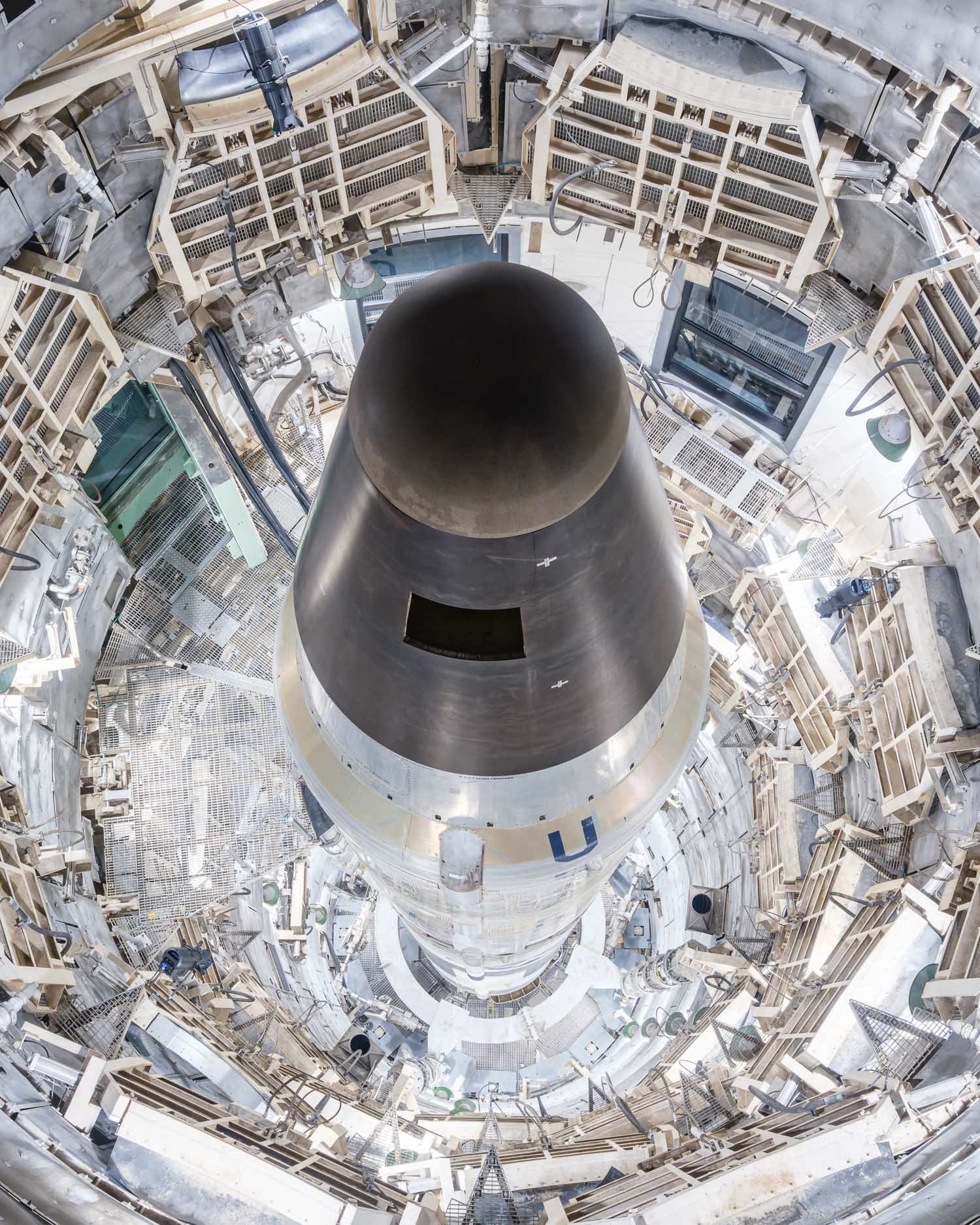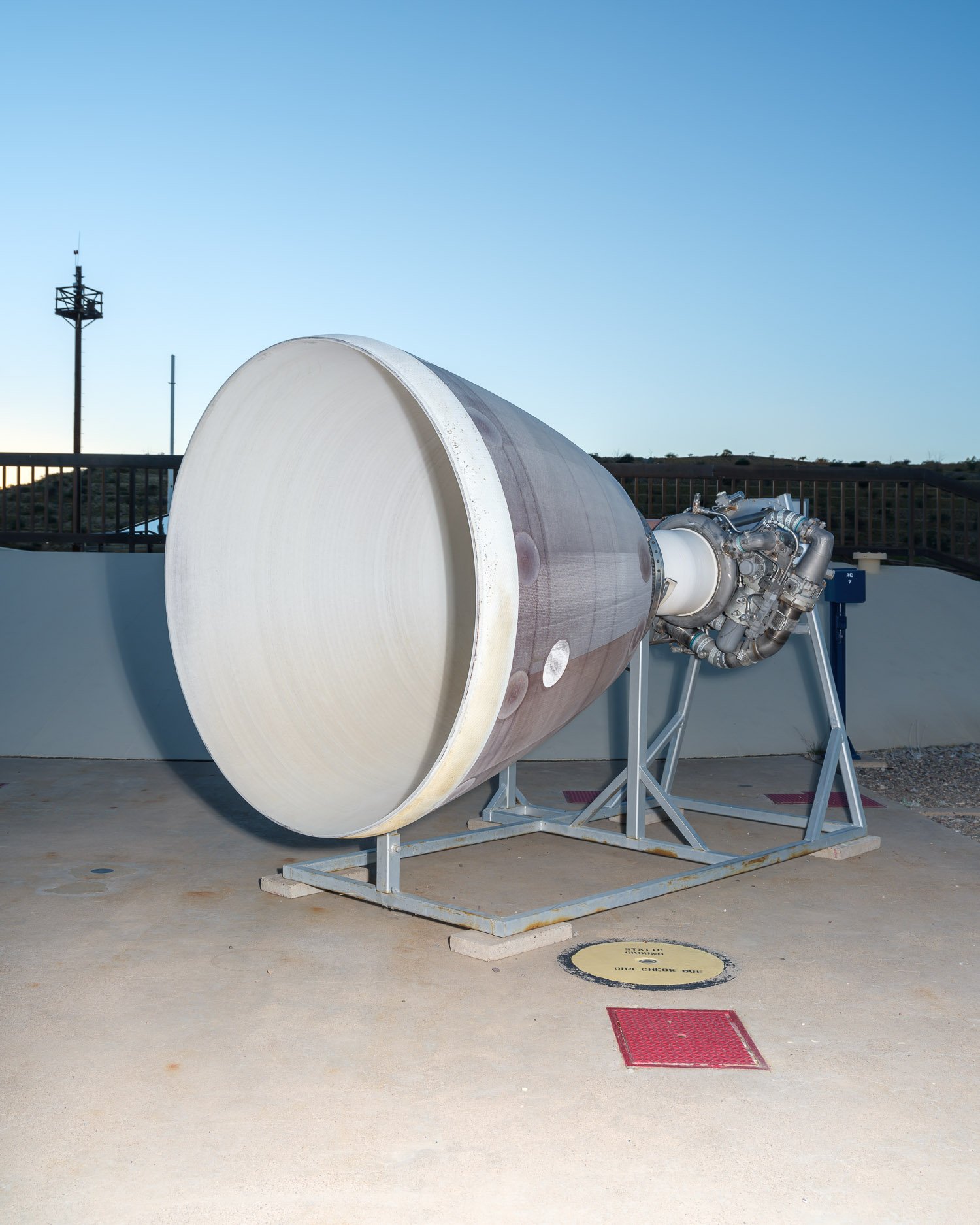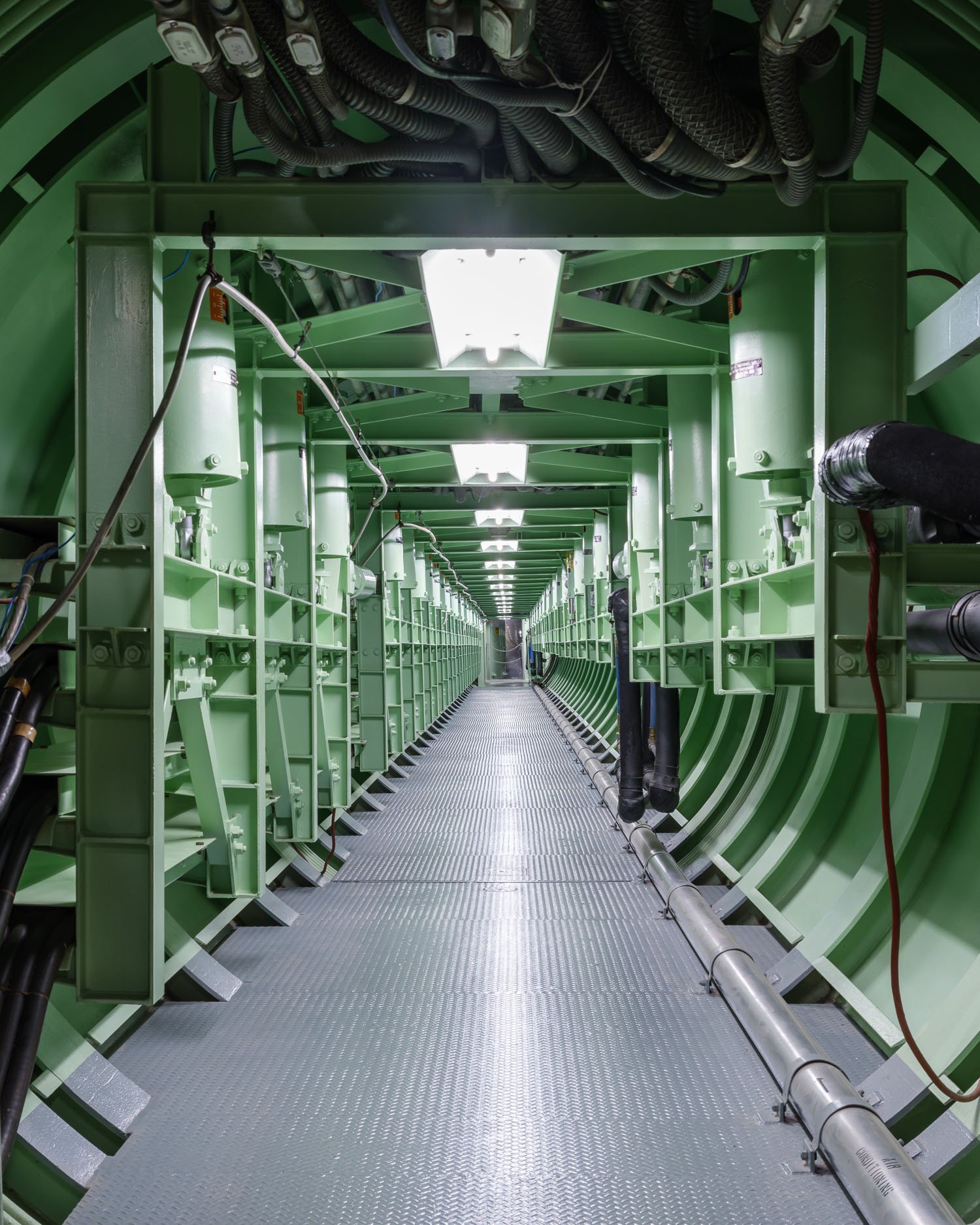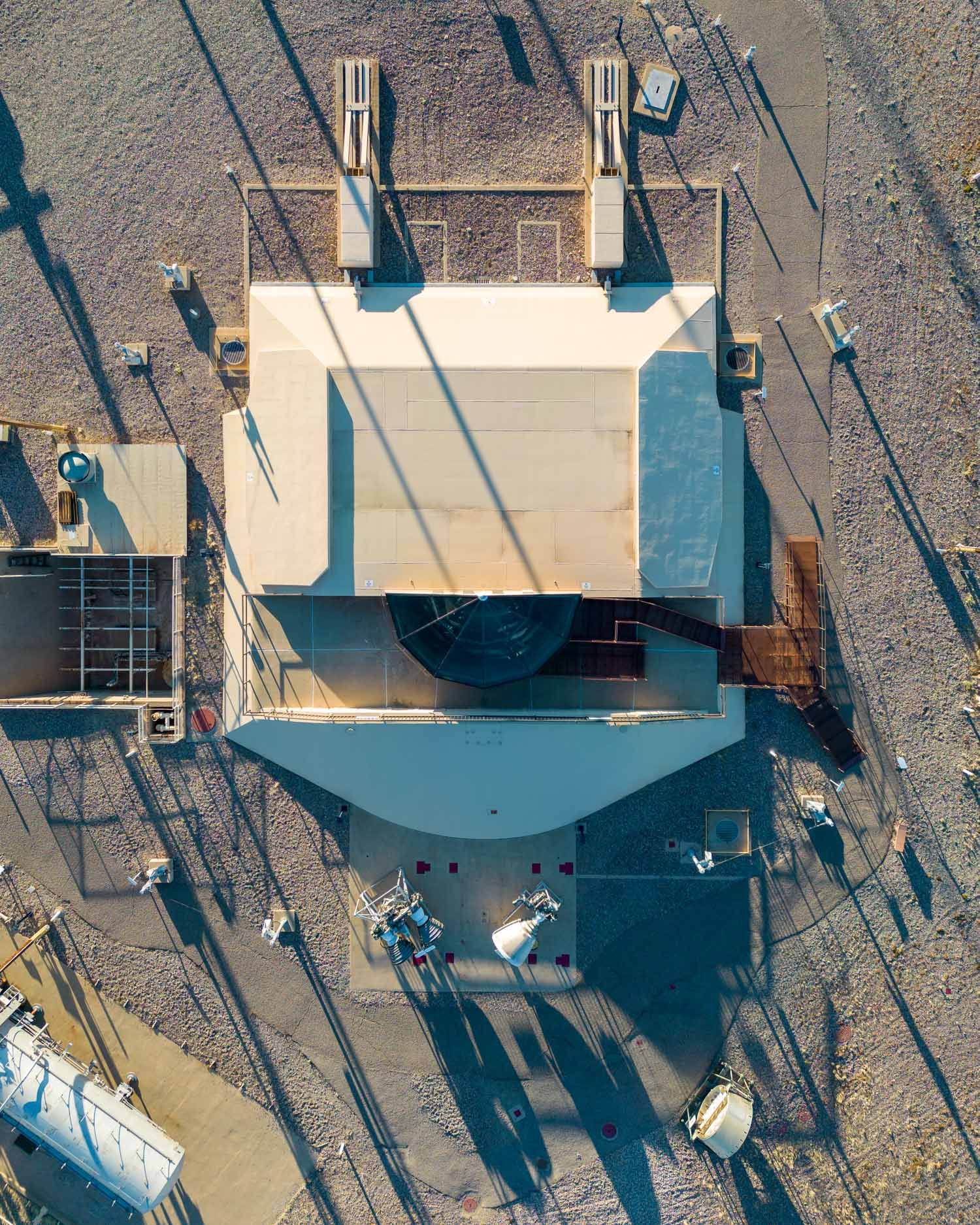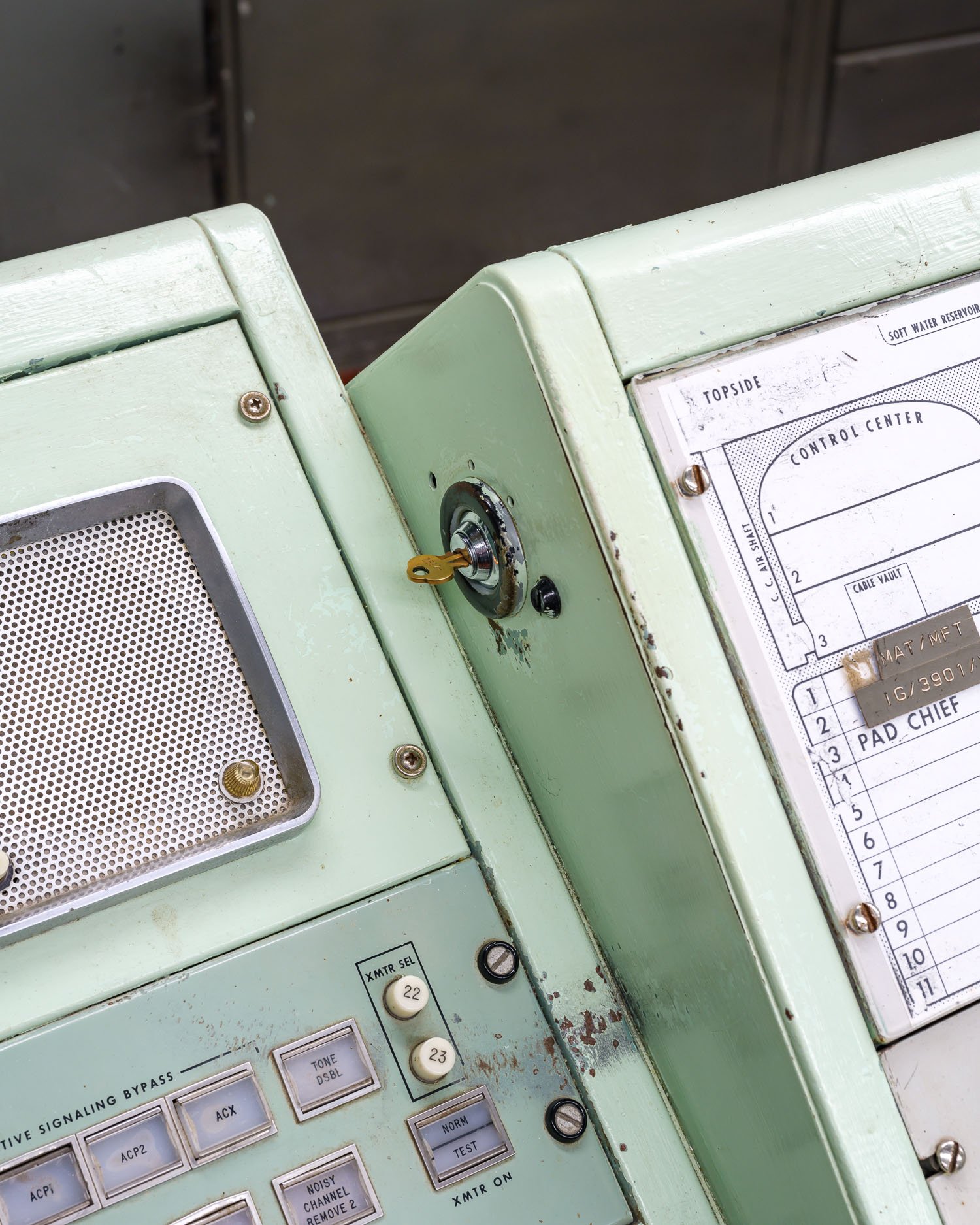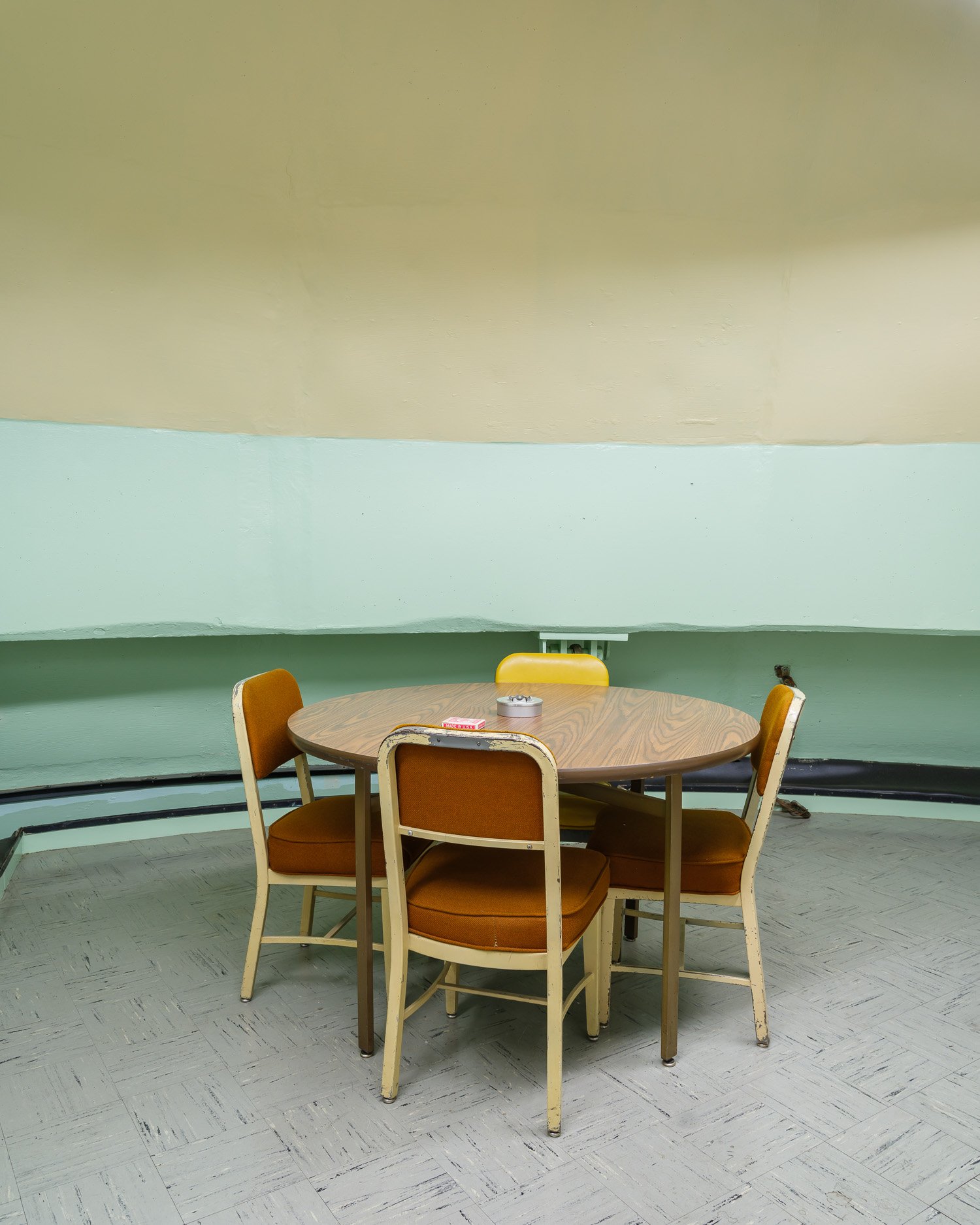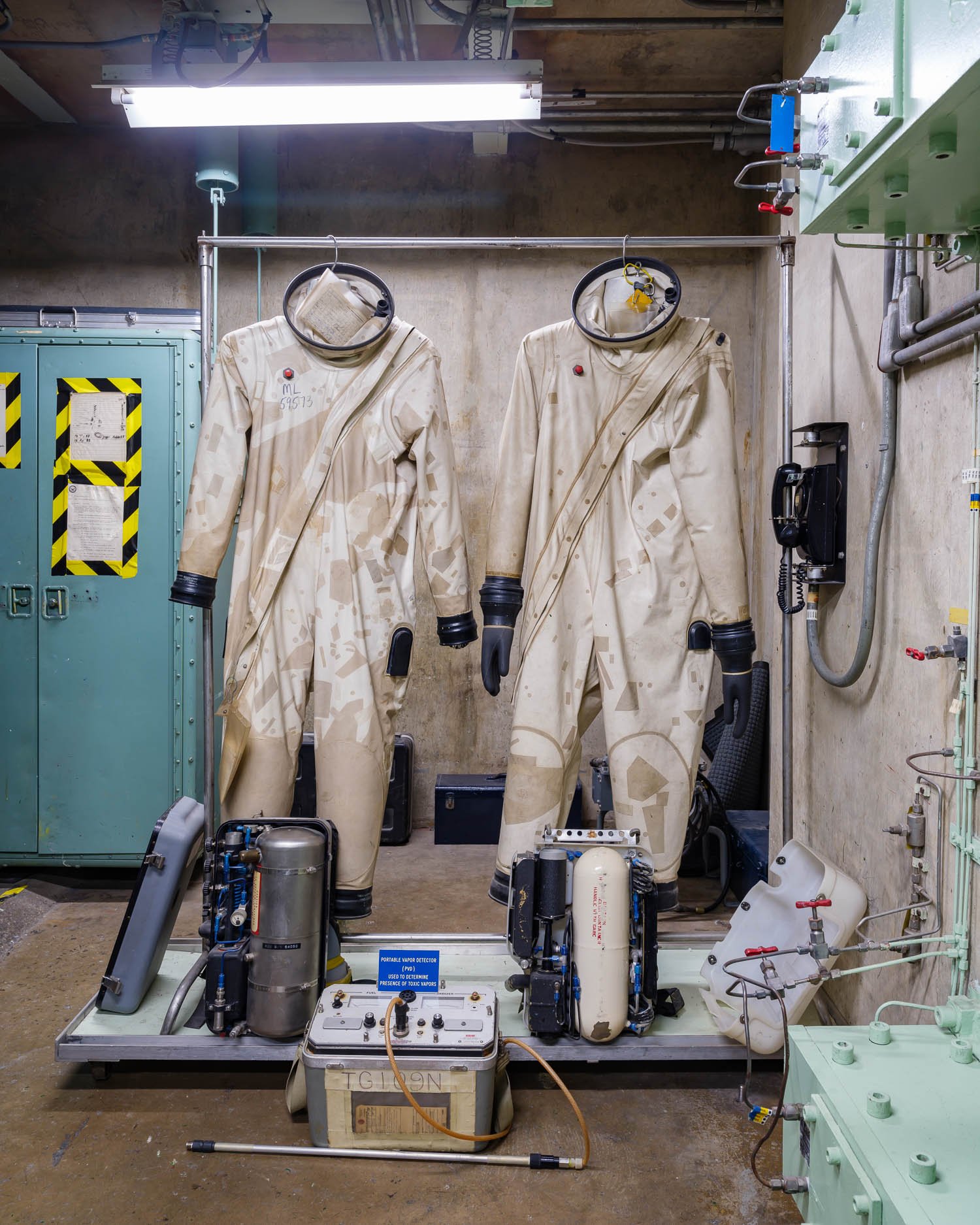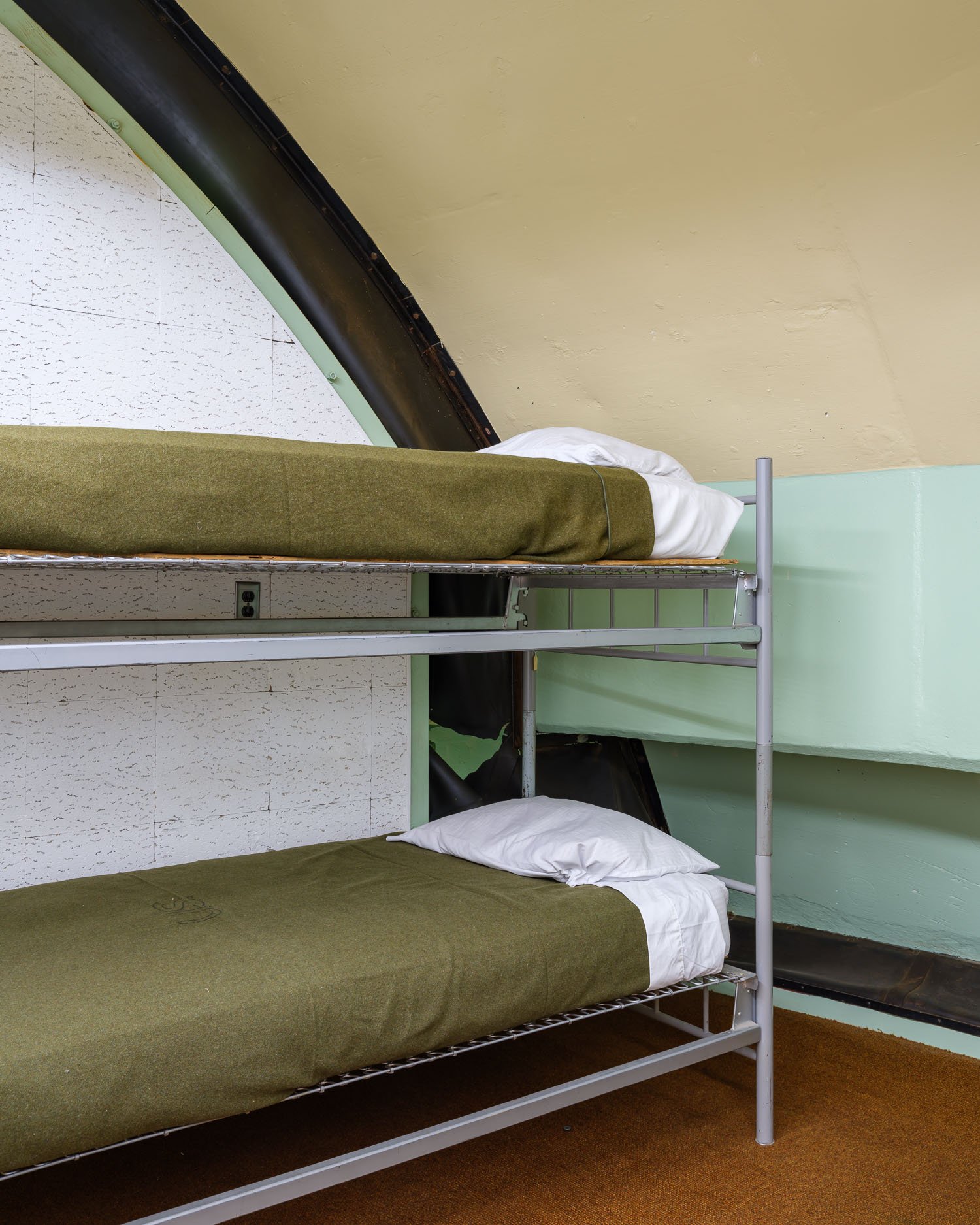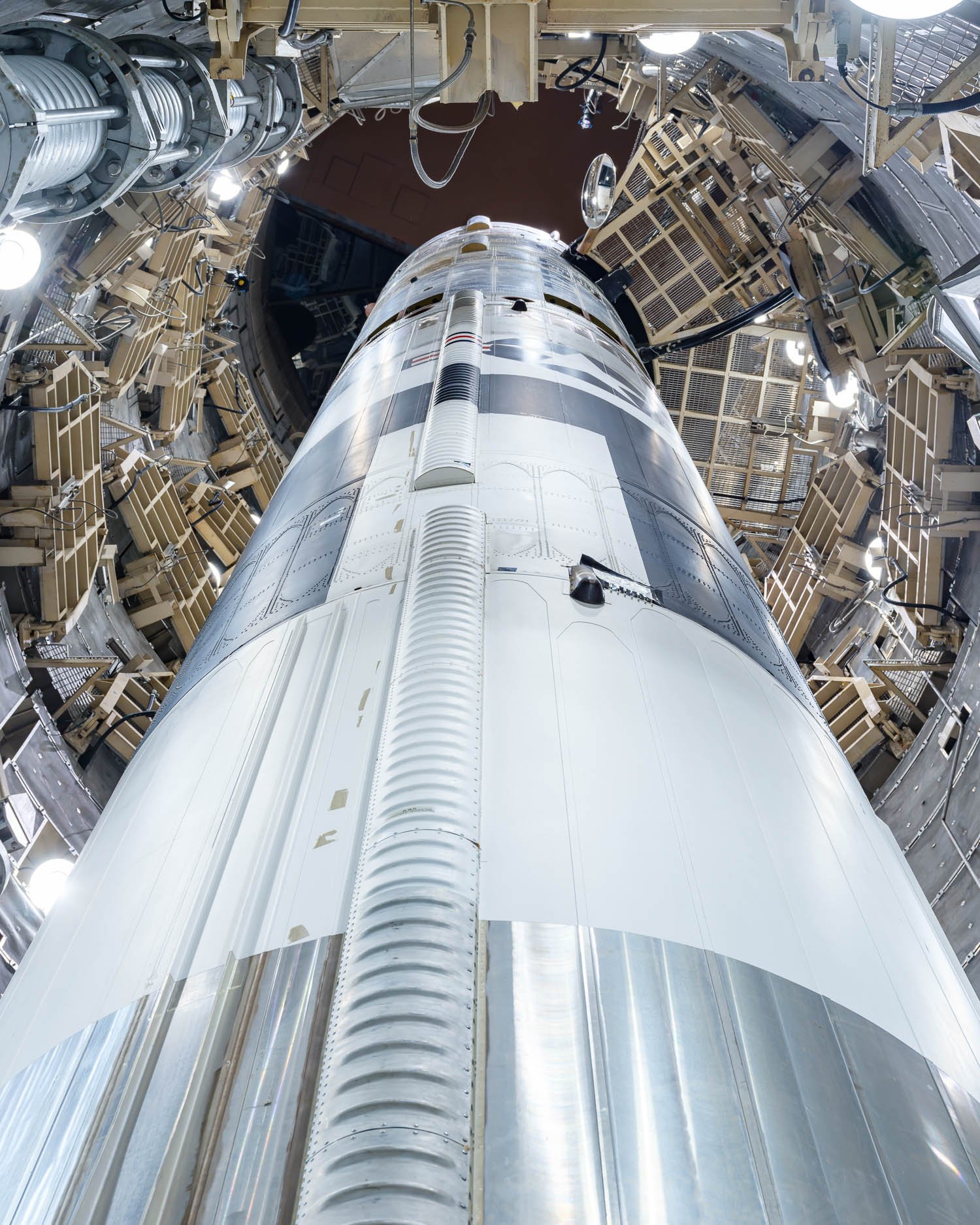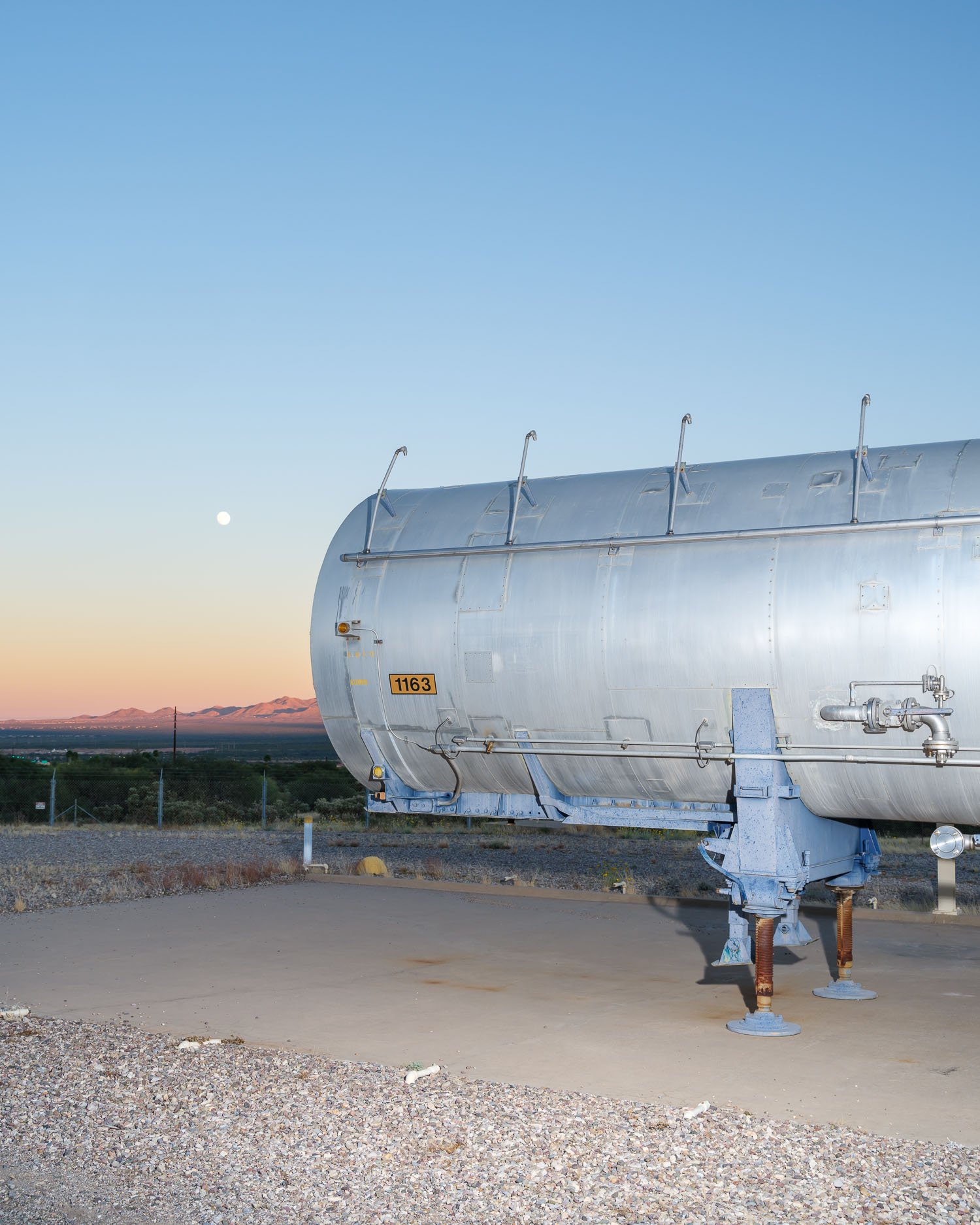Launch control centre of Titan II Nuclear Missile Silo, Arizona, USA. This is where WW3 would have started.
There is a compelling argument that the biggest danger from nuclear weapons is that we may accidentally blow ourselves up. History is full of de-classified examples of aeroplanes crashing with nuclear weapons on board, governments mistaking computer simulations of war for the real thing, weapons being accidentally dropped by people pulling the wrong handle, and explosions in missile silos like this one. Once, a bear climbing the fence of an Air Force base was mistaken for Russian special forces beginning an invasion. And then there are the drugs.
"Of the roughly 114,000 people who’d been cleared to work with nuclear weapons in 1980, only 1.5 per cent lost that clearance because of drug abuse" explains Eric Schlosser in his book "Command and Control". That means at least 1,728 people - the ones that were caught - used drugs while they were around nuclear weapons. In 2016, more than a dozen Air Force members guarding nuclear missiles were convicted of using and/or distributing LSD, ecstasy, cocaine and marijuana.¹
Two "marijuana cigarettes" were found in the control centre of a Titan II missile silo in 1977.² It was about 40 miles south of Tucson, Arizona, and it might well have been this one. The Titan II nuclear intercontinental ballistic missile carried the most powerful nuclear warhead ever built by the United States. At 9 megatons, it was about 600 times more powerful than the bomb dropped on Hiroshima. Between 1963 and 1987, 54 missiles were on 24-hour alert, 365 days per year, spread through Arizona, Arkansas and Kansas.
The launch sequence took 58 seconds, and the time taken to hit its target in the Soviet Union was about 30 minutes, with the rocket travelling at 26,000 kph. The rocket was 32m long.
A 9-megaton blast would result in a fireball with an approximate 5km diameter. The radiated heat would be sufficient to cause lethal burns to any unprotected person within a 32 km radius. The Minuteman missile replaced the Titan II, and there are currently 400 Minuteman III missiles, each with a 170-kiloton warhead, "on alert" at air force bases in Wyoming, North Dakota, and Montana. Keep your fingers crossed.
Part of a long-term project I am working on called "How We Learned to Stop Worrying".
¹ https://www.theguardian.com/us-news/2018/may/24/air-force-members-lsd-guarding-nuclear-missiles, https://www.npr.org/sections/thetwo-way/2018/05/24/614013988/air-force-uncovered-lsd-use-among-airmen-guarding-nuclear-missiles
² See "Marijuana Discovery Leads to Missile Base Suspensions," New York Times, July 14, 1977; and "15 Suspended After Marijuana Is Found in Titan Silo," Los Angeles Times, July 15, 1977.


